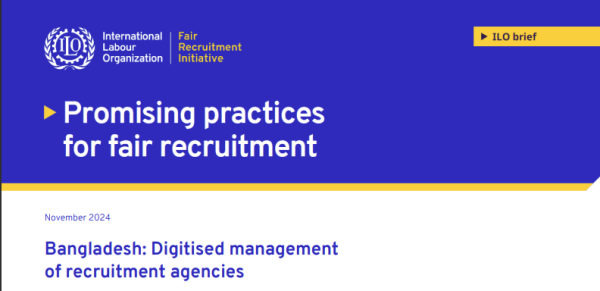Strengthening Solidarity and Safeguarding Rights – A Peer Learning Journey Between Ghana and Nigeria
Posted at April 8th 2025 12:00 AM | Updated as of April 8th 2025 12:00 AM
Region/Country : ,
|Themes : , , , ,
10 Years of the Fair Recruitment Initiative: Milestones, Impact, and the Road Ahead
Discussion forum following the Fair Recruitment Initiative's 10-year anniversary webinar. Please feel free to continue the conversation here by posting questions and engaging with others./
Forum de discussion faisant suite au webinaire organisé à l'occasion du 10e anniversaire de l'initiative pour un recrutement équitable. N'hésitez pas à poursuivre la conversation en posant des questions et en échangeant des points de vue avec les autres participants./
Discussion forum following the Fair Recruitment Initiative's 10-year anniversary webinar. Please feel free to continue the conversation here by posting questions and engaging with others./
Forum de discussion faisant suite au webinaire organisé à l'occasion du 10e anniversaire de l'initiative pour un recrutement équitable. N'hésitez pas à poursuivre la conversation en posant des questions et en échangeant des points de vue avec les autres participants./
Winners of 2023 ILO Global Media Competition on Labour Migration announced
Posted at December 15th 2023 12:00 AM | Updated as of December 15th 2023 12:00 AM
Region/Country :
|Themes : , , , , , , , ,
Inaugural FAIR III Project Advisory Board Meeting Sets Course for Fair Recruitment in Ghana
Posted at December 7th 2023 12:00 AM | Updated as of December 7th 2023 12:00 AM
Region/Country : , , ,
|Themes : , ,



